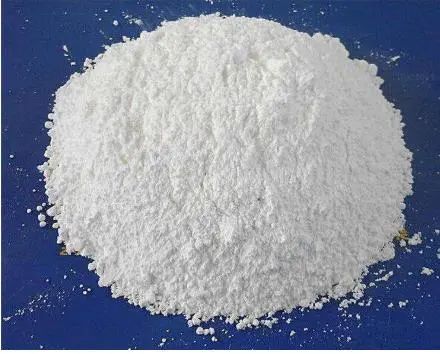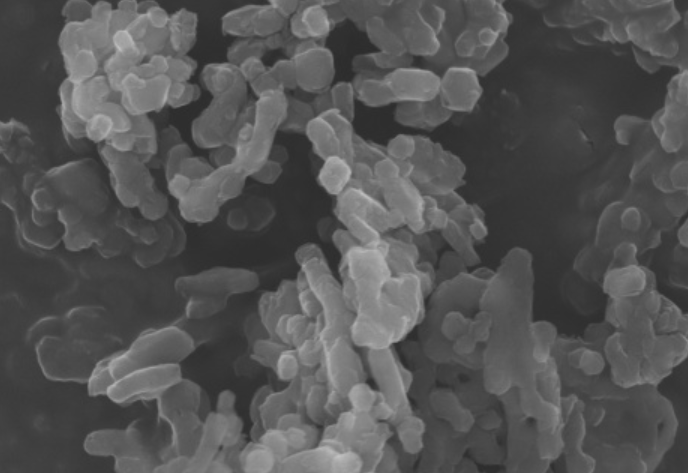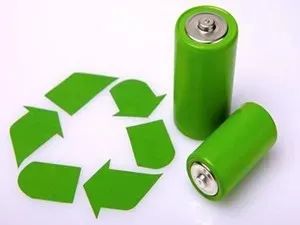“Magnesium oxide” is a well-known inorganic material.
It is a fairly common basic oxide and is the main raw material for the production of magnesium hydroxide and metal magnesium. However, with the upgrading of industrialization and the demand for high-tech functional materials market And development, fine magnesium oxide products, especially nano magnesium oxide began to get the attention of various industries.

As for the application of magnesium oxide in the battery industry?
The answer is yes, and this effect is not great, nor is it small.
Since nano-scale magnesium oxide is a new type of nano-material, it has obvious small size, large surface effect, quantum size effect and macroscopic tunnel effect, the surface is modified, no agglomeration phenomenon, better dispersion and Nano-active, so it can well exert the light, electricity, magnetic field, heat, and quantum effects of nano-magnesia particles, and greatly improve the performance of products added with nano-magnesia – so nano-magnesia is often used in battery materials.
Improve the cycle and charge and discharge times of the battery, prolong the service life of the battery. Let’s take a look at the specific application conditions below.

01. Applications in Lithium Batteries
①Anode material additives
The lithium-ion battery high-capacity tin composite negative electrode material is selected to add 10-100 g/L of insoluble solid particles such as SiO2, TiO2, ZrO2, Cr2O3, Fe2O3, CeO2, MgO, SiC, BaSO and the like with a diameter of 0.05-10 microns; The prepared nickel-solid particle-tin composite negative electrode material has high specific capacity, high initial charge and discharge efficiency and stable cycle performance as the lithium ion battery negative electrode.
Adding an appropriate amount of nano-magnesium oxide to the positive electrode material of the lithium ion storage battery, the obtained positive electrode material has a reversible discharge capacity greater than 140mAh/g, and has good cycle performance. It can be used in the positive electrode material to improve the conductivity, and the recommended addition amount is 0.3-0.5%.
②Dopant for cathode material
Magnesium-doped lithium-iron-manganese phosphate is prepared by solid-state reaction with nano-magnesium oxide as a conductive dopant, which further produces a nanostructured positive electrode material with an electrical conductivity of 10-2 S/cm and an actual discharge capacity of 240mAh/ g. The new cathode material has the characteristics of low price, high energy and safety, and is not only suitable for small and medium-sized polymer, colloid and liquid lithium-ion batteries, but especially suitable for high-power power batteries.
③ Electrolyte deacidification agent
Magnesium oxide can also optimize the capacity and cycle performance of spinel lithium manganese oxide batteries. In the lithium-ion battery electrolyte with spinel lithium manganese oxide as the positive electrode material, nano magnesium oxide is added as a deacidification agent to remove acid, and the addition amount is 0.5-20% of the weight of the electrolyte. By removing acid from the electrolyte, the content of free acid HF in the electrolyte is reduced to below 20ppm, the dissolution effect of HF on LiMn2O4 is alleviated, and the capacity and cycle performance of LiMn2O4 are improved.
④ Preparation of electrode pH regulator
Nano magnesium oxide can be used as an alkali solution of a pH regulator and a kind of ammonia solution as a complexing agent are added to a mixed aqueous solution containing cobalt salt and nickel salt to co-precipitate Ni-Co composite hydroxide. The specific steps are: adding lithium hydroxide to the composite hydroxide, heat-treating the mixture at 280-420°C, and then heat-treating the product obtained in the above steps at 650-750°C. When this lithium composite oxide is used as an anode active material, a high capacity lithium ion secondary battery can be obtained. The amount of nano magnesium oxide added is about 5%.

2. Application in zinc-nickel battery
Adding magnesium oxide to the zinc negative electrode active material by physical mixing can reduce the charge and discharge polarization, reduce the internal resistance in the late cycle, improve the utilization rate of the active material of the negative plate, and prolong the battery cycle life.
The suitable addition amount is 1.0%wt magnesium oxide, and the addition amount should not exceed 2.0%
3. Application in High Zinc Chloride Batteries
Adding a small amount of magnesium oxide to the positive active material can adjust the acidity of the electrolyte, slow down self-discharge, inhibit battery inflation, improve storage performance, and have unique effects on improving discharge capacity and promoting gelatinization of the slurry layer.
It is recommended to add 0.5-1% and adjust the appropriate pH value.
4. Application in nickel-cadmium battery
Adding an appropriate amount of magnesium oxide, zinc oxide and iron oxide to the cadmium electrode can improve the utilization rate of the active material; adding magnesium oxide, indium trioxide and zinc oxide can improve the charge retention capacity of the sealed nickel-cadmium battery.